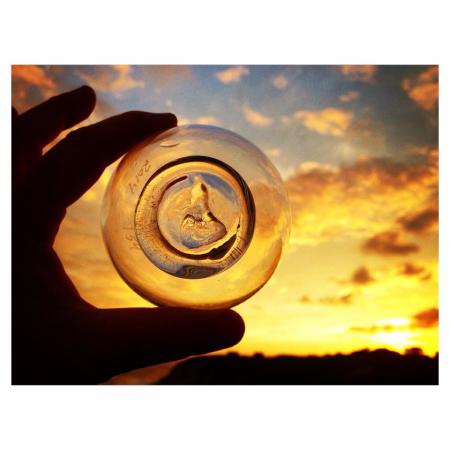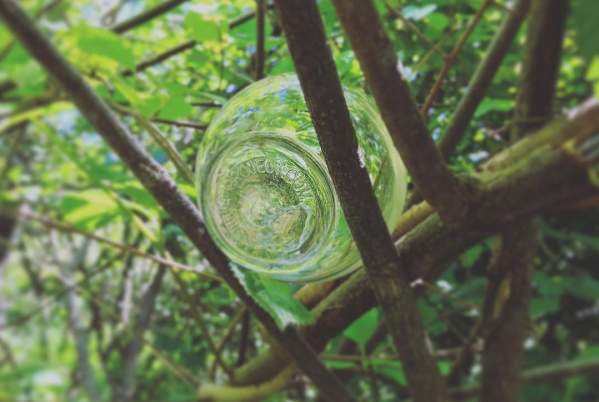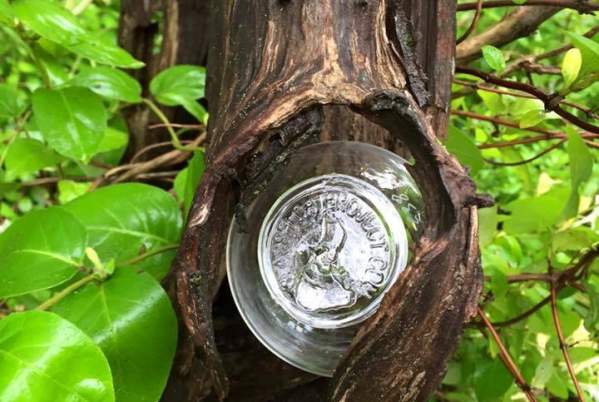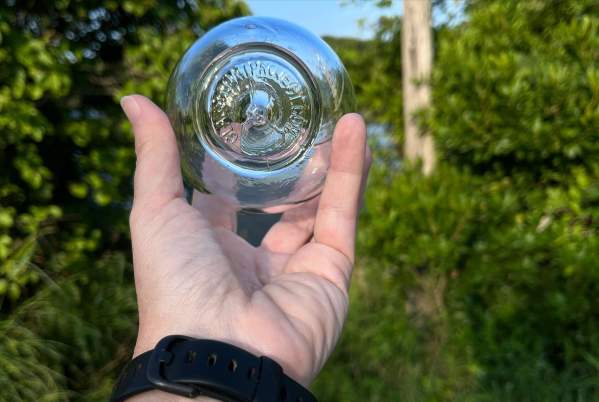The Glass Float Project

 Photo: Tracy Finn
Photo: Tracy FinnWhen Eben Horton conceived of The Glass Float Project in 2011, he had no idea that it would become the entity it is today. What began as a fun personal project intended to allow him to spend more time on Block Island has become a world-famous art installation that has changed many lives. In the 12 years since the project began, it has garnered nationwide attention in The New York Times as well as on such television programs as Weekends with Yankee on PBS, This Old House, and, most recently, CBS Sunday Morning.
Eben spent his childhood sailing back and forth between his family’s home in Newport, RI, and Block Island. Summers spent exploring the shores, waters and trails of the island developed in Eben a deep love and respect for the island and its natural beauty.
Eben began blowing glass at the age of 16, and it was then that he first began hiding glass in natural places. He found the cracked and otherwise unsellable pieces he created too beautiful to throw away. He gave them a new life by hiding them on the beaches of Newport, leaving treasures for others to discover.
In 2011 the hobby grew into the first incarnation of The Glass Float project. With help from a grant from the Rhode Island State Council on the Arts, Eben created the first 150 floats, modeling them after the Japanese fishing net floats that occasionally break free from their nets and float up onto beaches worldwide. With permission, he began hiding them on the beaches and greenway trails that connect conserved parcels of land on the island.
The project has grown in scale and fame in the years since then. He and his wife, Jennifer Nauck, and the team at their studio, The Glass Station Studio and Gallery in Wakefield, RI, now make upwards of 550 floats every year. They are dated with the year and numbered between 1 and 550. The number 1 float is always something extra special, and the first few floats, the amount corresponding to the current year, are brightly colored. This year, 2023, the first 23 numbered floats will be colored, the rest will be clear glass.
A team of volunteers, some of whom began as die-hard “Orbivores,” hide the floats, a few at a time, from June until October and sometimes beyond. The floats are hidden on beaches and greenway trails or other public areas. Hiders are conscientious and never hide them in the dunes, bluffs or other ecologically sensitive areas. Trail-hidden floats can be found within a few feet of the trail, and floats hidden on the beaches will be between the bluffs and the high tide line.
Part scavenger hunt, part interactive art installation, The Glass Float Project attracts itinerant float hunters from across the country to the island. When a float hunter finds a float, they are encouraged to go online and register it with the Block Island Tourism Council (see boxes below). Social media posts to The Glass Float Project’s Facebook group always follow and are met with love and support from the growing 11,000-member community of Orbivores. Float hunters are asked to only keep one float per person per year. If they find more than one, they are encouraged to rehide it so someone else can experience the joy of discovery.
The project is now funded by the Block Island Tourism Council and through the sale of raffle tickets every year. The raffle is held in October, when the float hunting season officially concludes (but continues unofficially). Prizes include Glass Float Project merchandise and other hand-blown glass items created at The Glass Station, as well as prizes like a Make-Your-Own-Float class or even the chance to become a float hider the following year.
* Content from www.theglassstationstudio.com
Found Float Archives
The archives of the Glass Float Project. Found floats going back to 2014, in a numerical list format.




